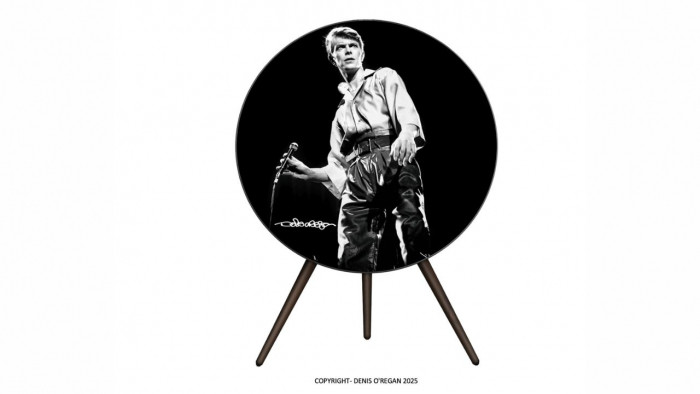╭∩╮(︶︿︶)╭∩╮
This, in short, is the general reaction to EE's admission that it might have been charging you for sending an emoji in text messages.
After users had noticed an increase in their bills due to the sending of MMS messages, EE's Content Team issued an explanation:
"If you have an older phone, if you've downloaded a new keyboard app, or if the settings on your phone are set up in a certain way, your phone may convert an SMS that has an emoji in it to a picture message, which may not be included in your plan."
While Unicode emojis won't usually cause a text message (SMS) to convert into an MMS (multimedia messaging service, denoting a message that contains more than text), if you've downloaded your own custom set of emoji, or not set your "smiley" input settings to Unicode, you might be sending picture messages that don't fall in line with your contract allowances.
"This isn't something that EE or any network controls, as it's down to how your device works", EE continues to outline. Many contracts will allow for free, unlimited text messages, but then charge 40p for an MMS message, hence why some customers have seen an increase in their bill. Older Samsung handsets are notorious for doing this.
In order to adjust your settings or find out more about the issue, EE has provided a handy guide on why text messages are converted to picture messages - and how to stop it.

Check for an update
Most phones will warn you if an SMS has been converted to an MMS - but to ensure that you get a heads up, you might want to check you're running the latest software for your phone. If it's up to date, it should be warning you of this kind of conversion.

Change your input settings
This will vary depending on every phone out there, but you're going to want to make sure your text input settings list 'Unicode' rather than 'Automatic' when it comes to emoji input.
Typically, you'll find these details as follows:
Messaging > Settings > Text Messages > Input mode > select Unicode instead of Automatic

Don't send emoji as a group text or to an email address
If you're sending an emoji as a group text message, or to an email address with your phone's messaging tool, it might well convert it to an MMS message - which could be charged depending on your contract.
To be safe, you might want to stick sending emoji-heavy messages via apps such as WhatsApp.

Don't use third-party apps
Many brilliant third-party emoji keyboards won't use the Unicode system - meaning they're sent as MMS messages rather than text messages.
Stick to using third-party emoji in WhatsApp and similar apps, rather than sending them in text messages - as they'll almost certainly convert your text into an MMS, which can be charged.










